Keep your retaining wall in good condition all year by taking these essential steps to winterize it.

When Minnesota homeowners invest in a retaining wall, they're not just looking for functionality – they need a structure that can withstand some of the harshest winter conditions in the country. From sub-zero temperatures to dramatic freeze-thaw cycles, your retaining wall needs to be built with materials and techniques specifically designed for Minnesota's challenging climate.
Minnesota's winter weather poses unique challenges for retaining walls that homeowners in milder climates never face. Average winter temperatures in the Twin Cities can drop below -10°F, with wind chills reaching dangerous extremes. More importantly for retaining wall integrity, the frequent freeze-thaw cycles – where temperatures fluctuate above and below freezing – create expansion and contraction that can destroy poorly constructed walls.
According to the National Weather Service, the Twin Cities experiences an average of 155 days with freezing temperatures each year. This extended freeze period, combined with Minnesota's heavy snowfall averaging 54 inches annually, creates conditions that demand specialized construction approaches.
At Preferred 1 Concrete, we've been building retaining walls since 2004, and reinforced concrete remains our top recommendation for Minnesota homeowners. Here's why concrete excels in harsh winter conditions:
Freeze-Thaw Resistance: High-quality concrete with proper air entrainment creates tiny air pockets that accommodate ice expansion, preventing cracking. The concrete we use meets ASTM C666 standards for freeze-thaw durability, essential for Minnesota applications.
Superior Strength: Concrete retaining walls can handle the lateral pressure created by frozen soil expansion, which can exert forces exceeding 1,000 pounds per square foot against your wall.
Longevity: When properly constructed, a concrete retaining wall can last for decades in Minnesota's climate. We've seen walls we built 15+ years ago that still look and perform like new.
Natural stone retaining walls, particularly those built with Minnesota-quarried limestone or granite, offer excellent winter performance. These materials have already survived thousands of years of freeze-thaw cycles in their natural state.
Limestone: Quarried from Minnesota's abundant limestone deposits, this material provides excellent drainage and natural freeze-thaw resistance. Local limestone is already acclimated to our climate.
Granite: While more expensive, granite offers unparalleled durability and virtually zero water absorption, making it ideal for wet Minnesota conditions.
Modern engineered block systems, such as those manufactured by Allan Block or Versa-Lok, are specifically designed for northern climates. These systems feature:
Minnesota's frost line extends 42 inches below ground in the Twin Cities area, according to the Minnesota Department of Transportation. Your retaining wall foundation must extend below this depth to prevent frost heaving, which can destroy even the strongest wall.
This is why professional retaining wall installation is crucial – DIY walls that don't account for frost line depth inevitably fail within a few winters.
Proper drainage is perhaps the most critical factor in winter-resistant retaining wall construction. Water is the enemy of retaining walls in Minnesota, as trapped moisture becomes ice that expands with tremendous force.
Backfill Drainage: We use engineered drainage stone (typically 3/4" crushed rock) behind every retaining wall. This creates a drainage layer that prevents water buildup and provides a capillary break.
Drainage Pipes: Perforated drainage pipes installed at the base of the wall collect and redirect water away from the structure. These pipes must be sloped properly and connected to appropriate drainage outlets.
Weep Holes: Strategically placed weep holes allow trapped water to escape before it can freeze and expand.
In Minnesota, retaining walls over 4 feet tall require additional reinforcement to handle freeze-thaw stresses:
Steel Reinforcement: Properly placed rebar creates a reinforced concrete structure that can flex without breaking under freeze-thaw stress.
Geogrid Reinforcement: For taller walls, geogrid materials extend into the backfill, creating a reinforced soil mass that distributes loads more effectively.
Poor drainage can create ice dams behind retaining walls, where melting snow refreezes and creates enormous pressure. This is why proper grading and drainage design is essential.
When walls aren't built below the frost line, frost heaving can lift and crack even massive concrete structures. We've seen beautiful stone walls completely destroyed by this preventable problem.
Road salt and ice melt products can damage certain materials. We recommend sealed concrete surfaces and consider salt-resistant materials in areas exposed to runoff from driveways and sidewalks.
Even the best-built retaining wall needs proper winter care:
Fall Preparation: Clean out drainage areas and ensure proper grading directs water away from the wall.
Snow Removal: Avoid piling snow directly against retaining walls, as the melt-refreeze cycle can damage the surface and overwhelm drainage systems.
Spring Inspection: Check for any winter damage early in spring when repairs are easier and less expensive.
Professional Assessment: Have your retaining wall professionally inspected every 3-5 years to catch potential issues before they become expensive problems.
Minnesota's harsh climate leaves no room for construction errors. Unlike concrete driveways or patios where minor issues might be cosmetic, retaining wall failures can cause serious property damage and safety hazards.
At Preferred 1 Concrete, we understand Minnesota's unique challenges because we've been dealing with them since 2004. Our team knows local soil conditions, understands frost line requirements, and has the experience to build walls that will protect your property for decades.
The best time to plan your retaining wall project is during winter months, allowing for spring installation when conditions are optimal. This gives you time to:
Building a retaining wall that can survive Minnesota winters isn't just about choosing good materials – it's about understanding how those materials perform in our specific climate and ensuring they're installed with techniques proven to work in freeze-thaw conditions.
Whether you're dealing with erosion control, creating level yard space, or adding property value, your retaining wall investment deserves materials and construction methods that will stand up to whatever Minnesota weather brings.
Ready to discuss your winter-resistant retaining wall project? Contact Preferred 1 Concrete today. We've been building structures that survive Minnesota winters since 2004, and we're ready to help protect your property with a retaining wall designed to last.

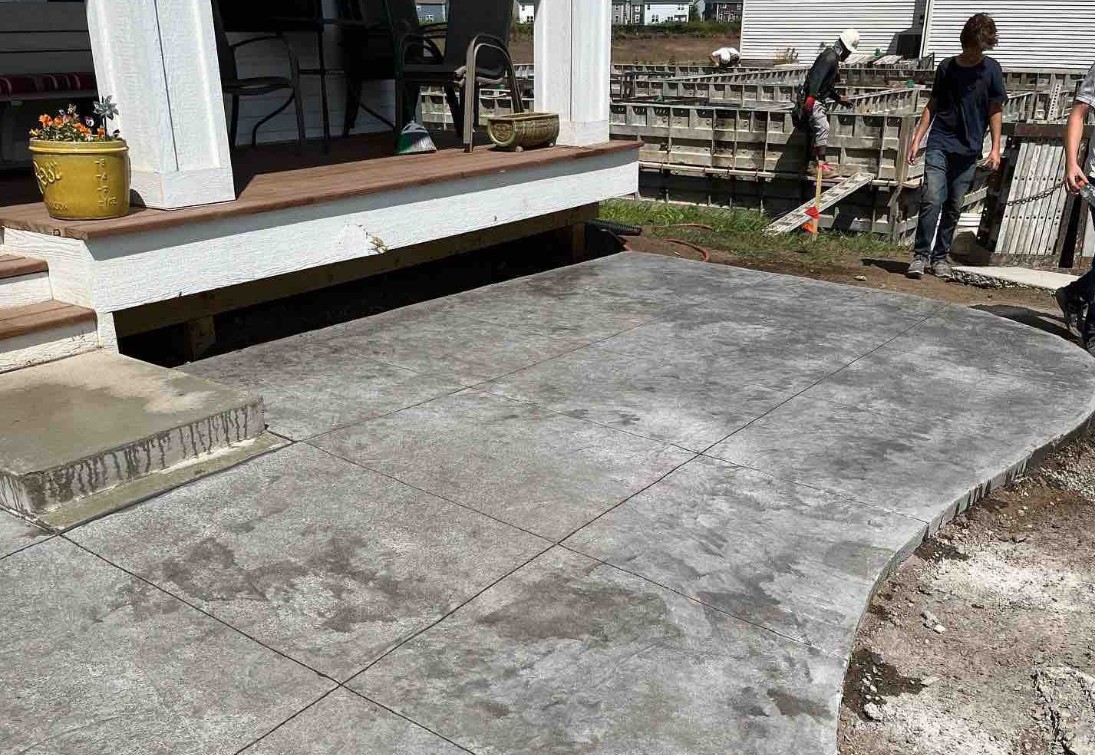



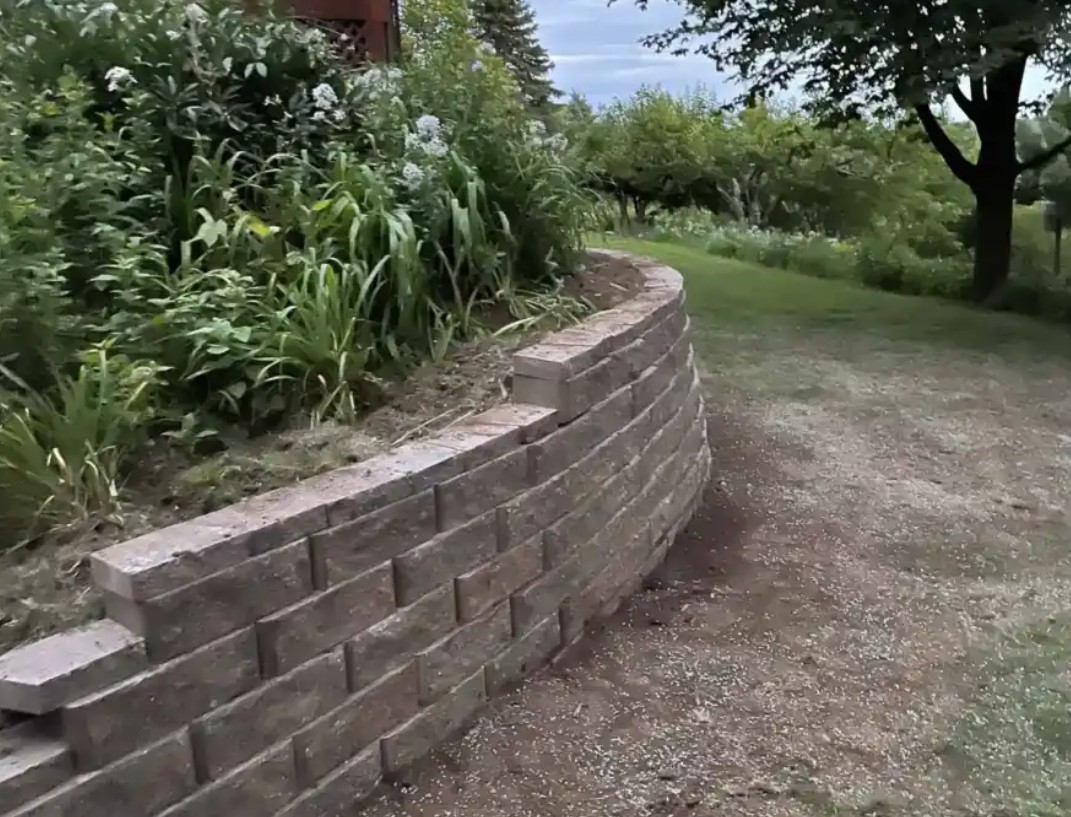



















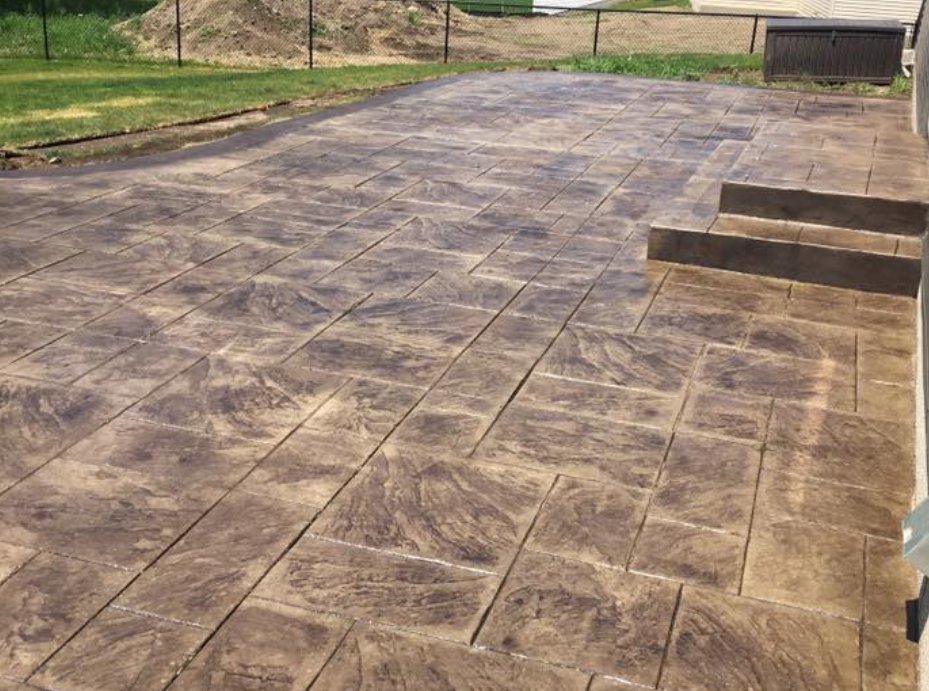











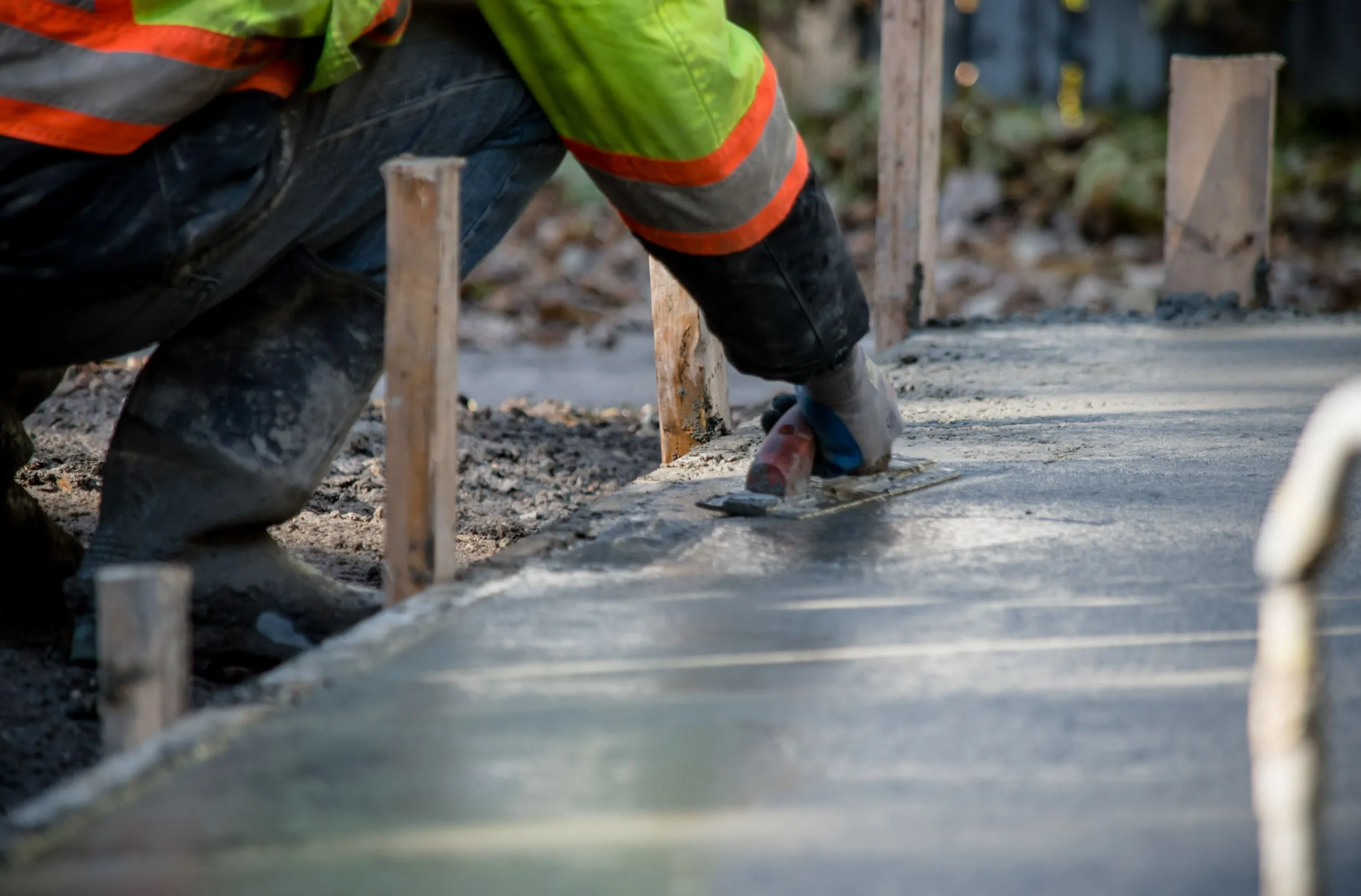







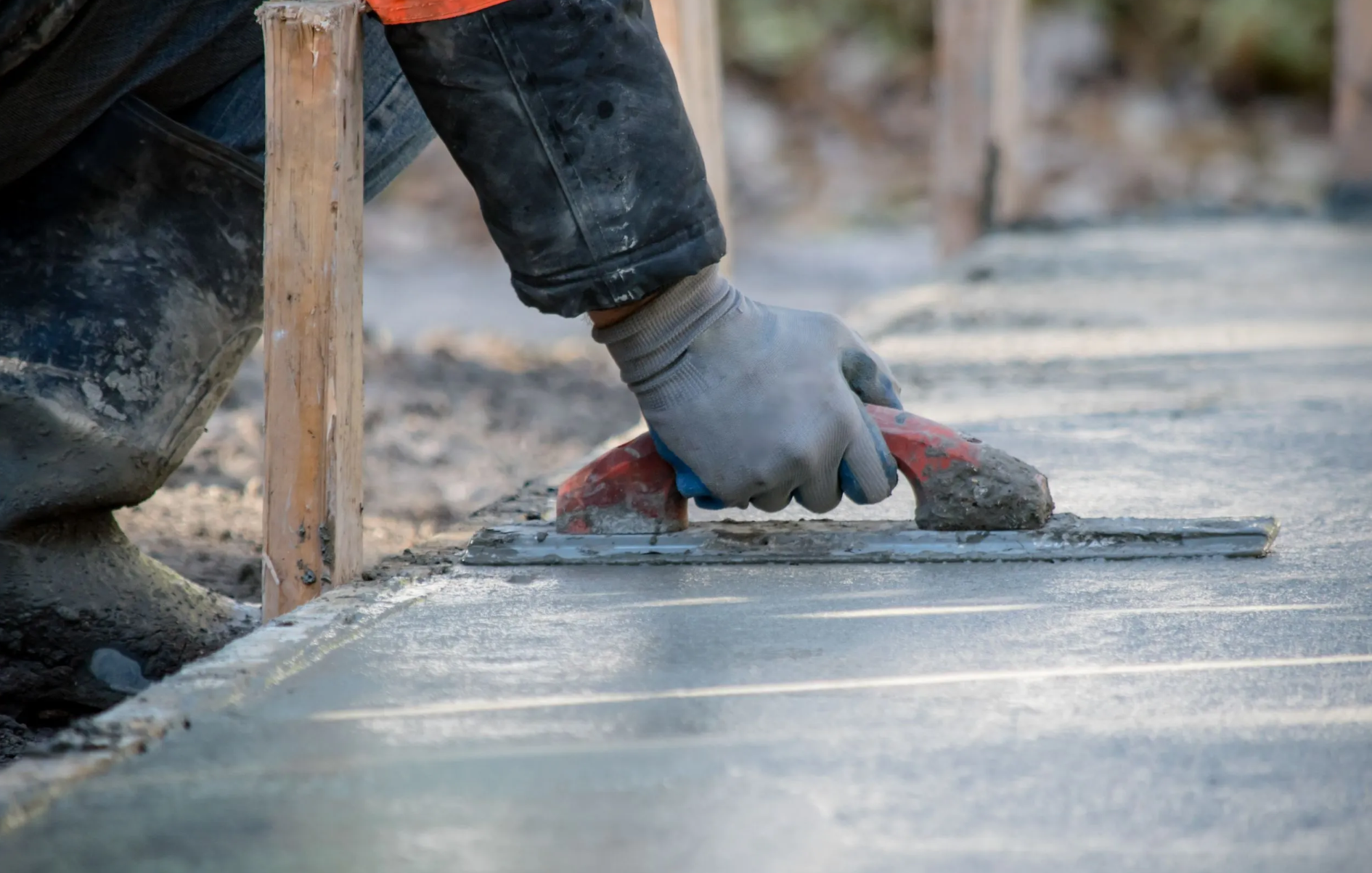







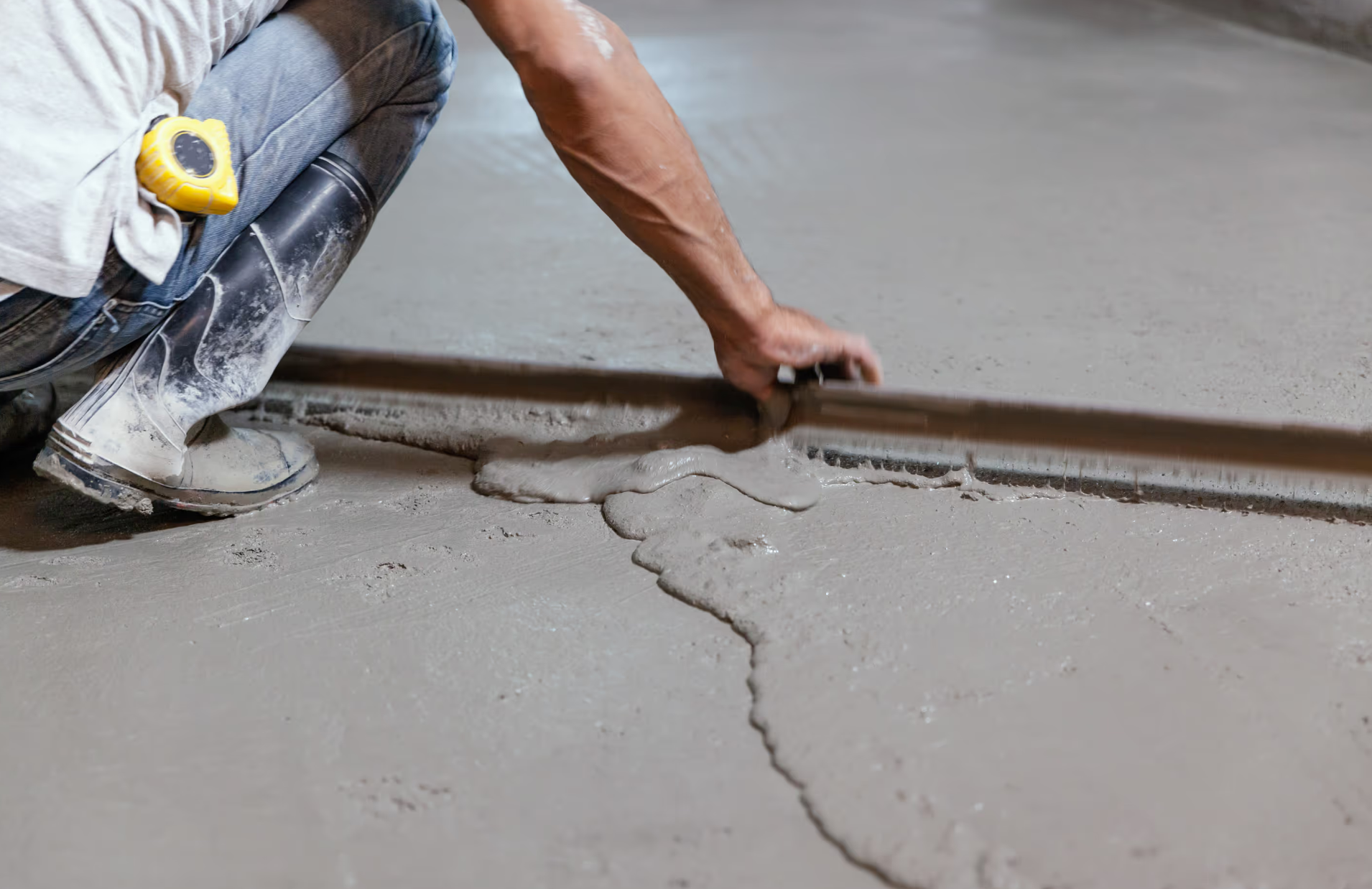























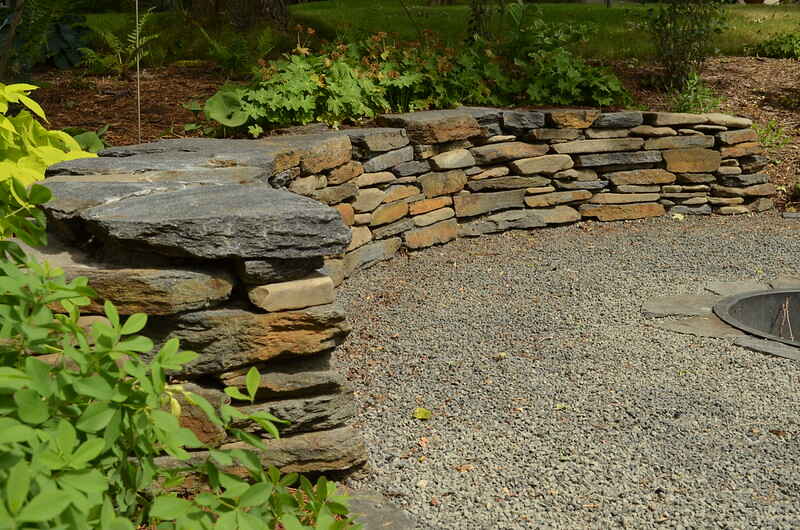



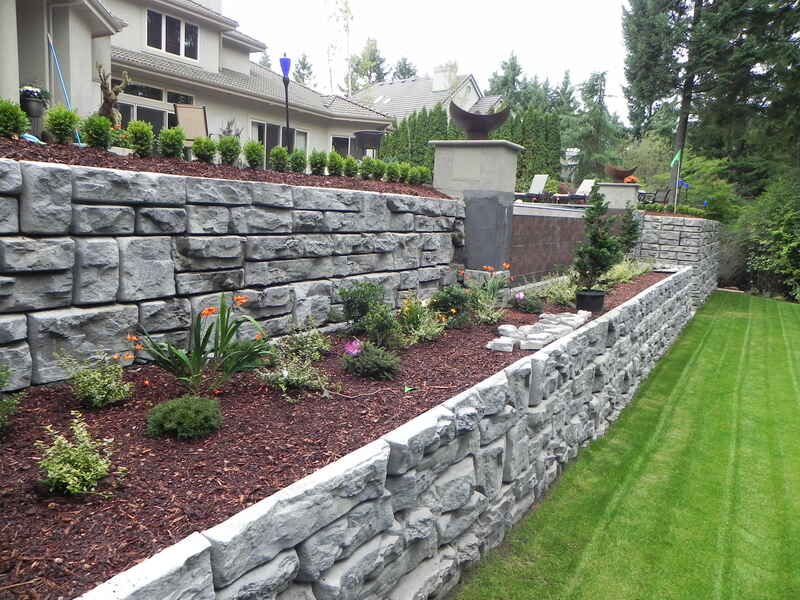







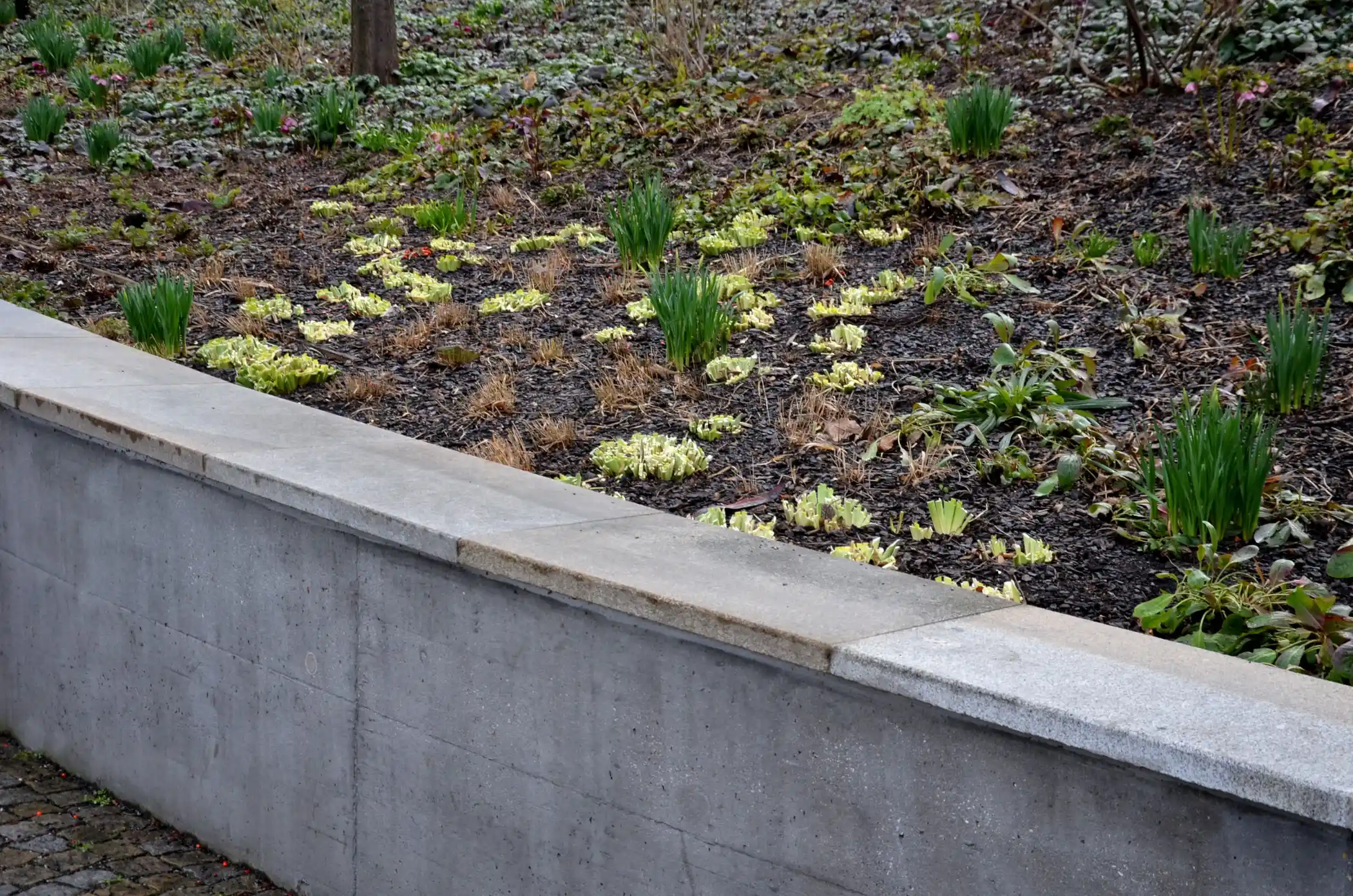







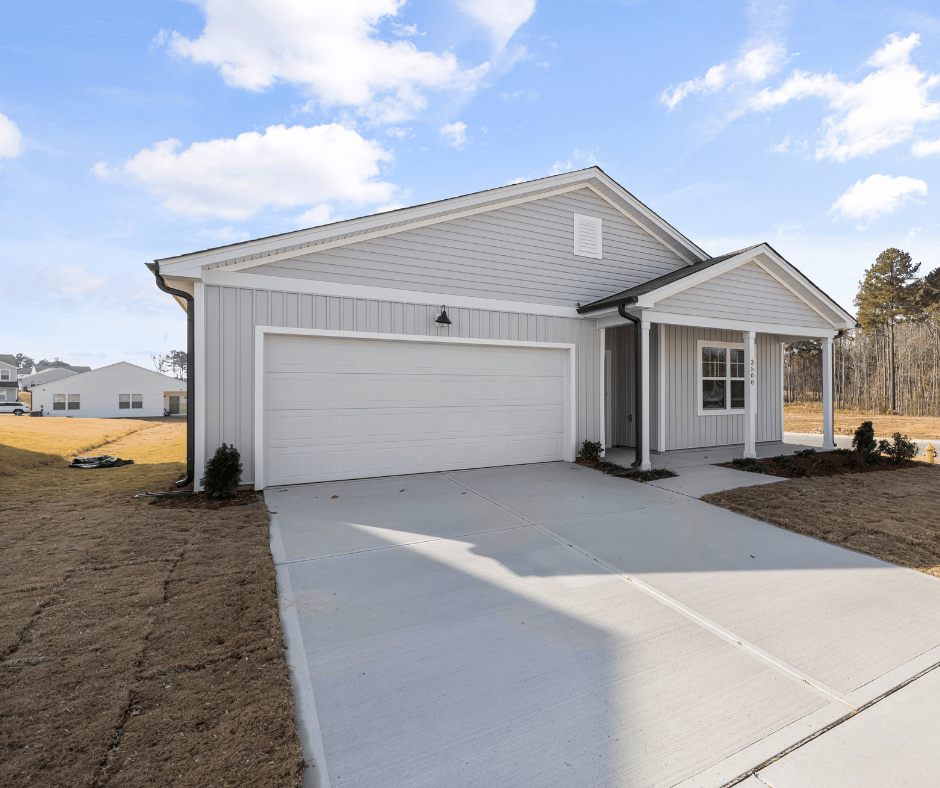







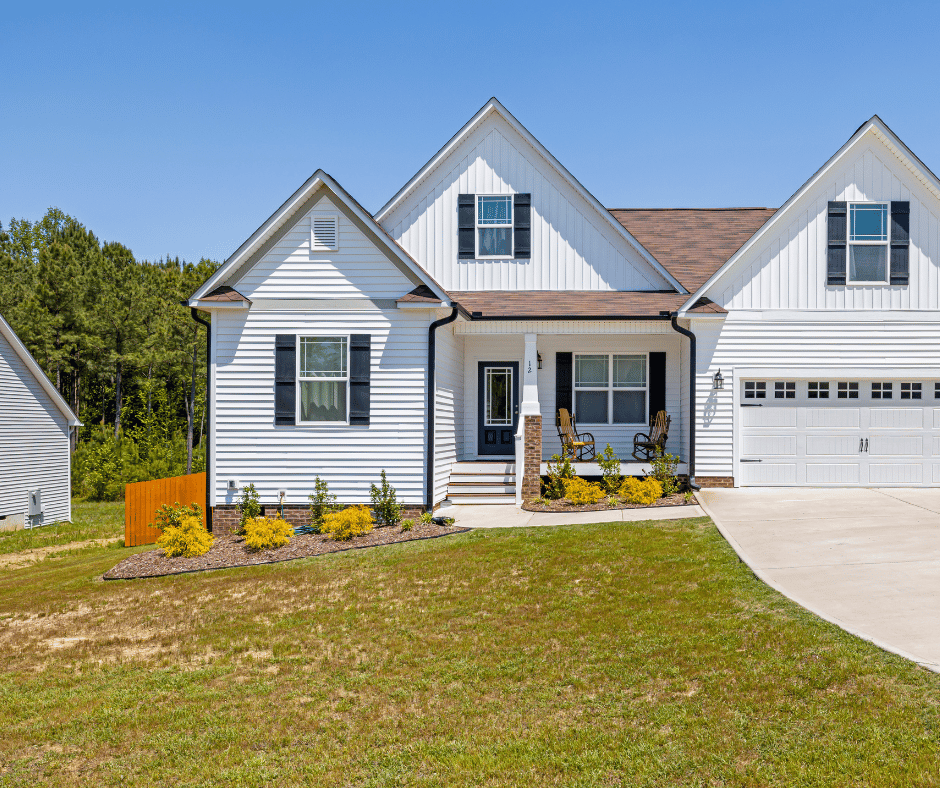



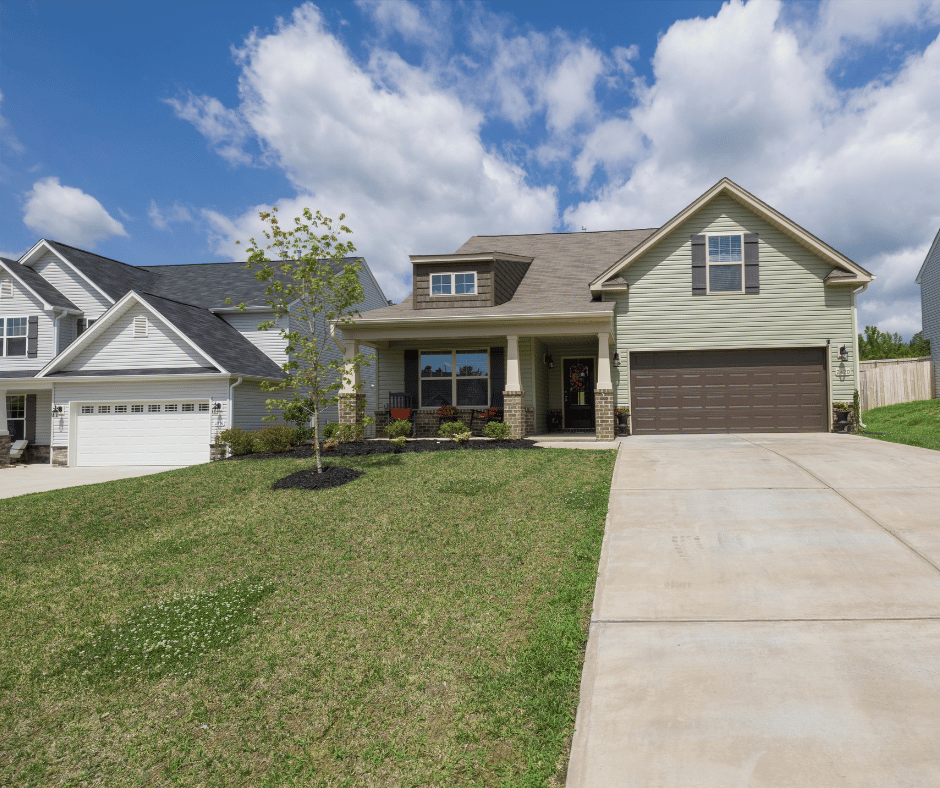



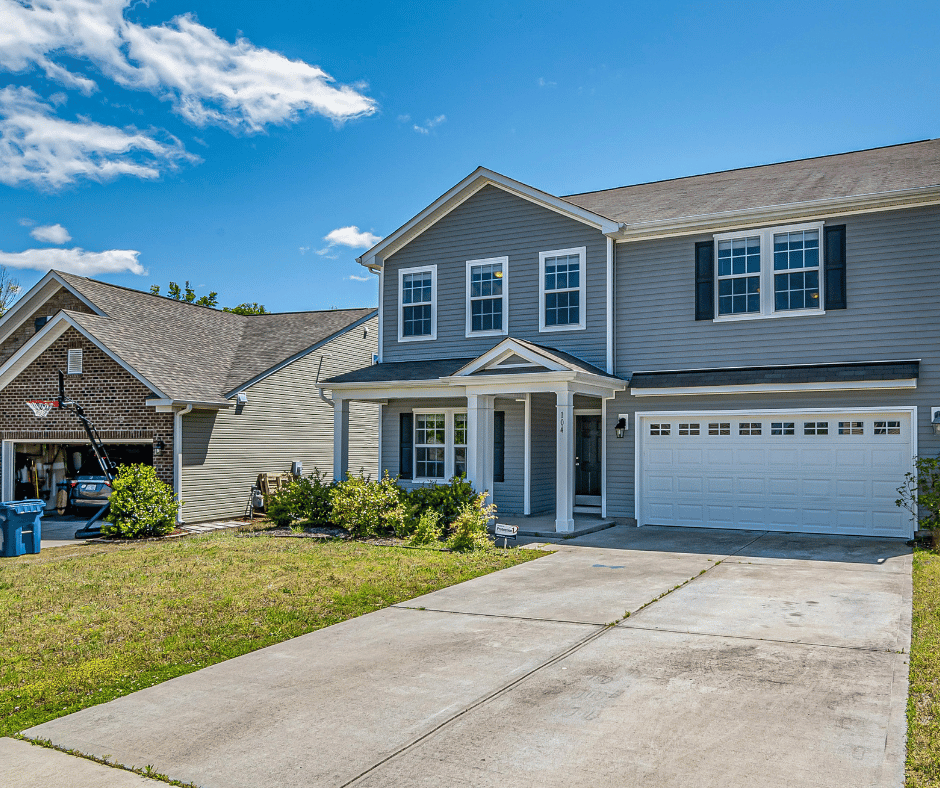











.png)



.png)













































































